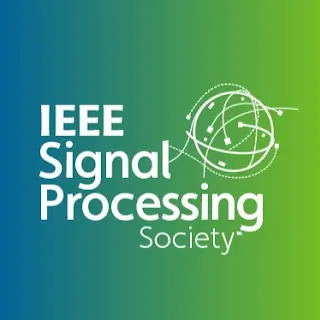Multimodal Brain Tumor Segmentation Challenge (BraTS 2019)
BraTS has always been focusing on the evaluation of state-of-the-art methods for the segmentation of brain tumors in multimodal magnetic resonance imaging (MRI) scans. BraTS 2019 utilizes multi-institutional pre-operative MRI scans and focuses on the segmentation of intrinsically heterogeneous (in appearance, shape, and histology) brain tumors, namely gliomas.
